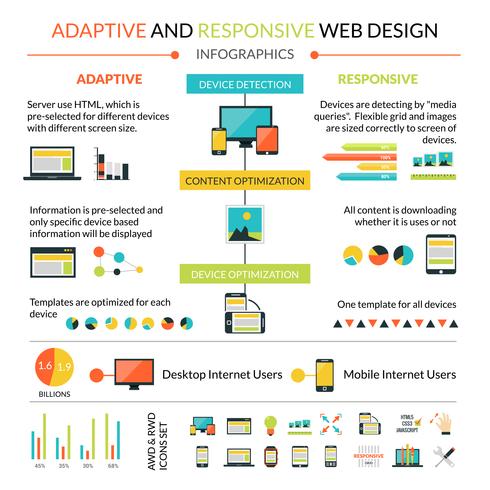The Advancement Of Internet Site Style: From Past To Present
The Advancement Of Internet Site Style: From Past To Present
Blog Article
Uploaded By-Kinney Trolle
In the past, websites were simple and concentrated on information. Navigation was direct, and layout was for desktops. Now, individual experience is key. just click the up coming site overviews layouts for very easy navigation. Receptive layouts match various devices. Today, dark mode reduces stress, and minimal food selections enhance navigation. Interactive attributes involve individuals, and strong visuals stand apart. AI combination increases interaction. See just how style has actually progressed to improve your on the internet trip.
Early Days of Website Design
In the early days of website design, simplicity reigned supreme. Internet sites were basic, with minimal colors, font styles, and designs. The focus was on giving information instead of flashy visuals. Users accessed the internet via sluggish dial-up connections, so rate and functionality were essential.
Navigation menus were straightforward, commonly located at the top or side of the page. Websites were made for home computer, as mobile browsing had not been yet widespread. Web content was king, and designers prioritized very easy readability over complicated style aspects.
HTML was the primary coding language made use of, and developers had to function within its restraints. Animations and interactive attributes were marginal compared to today's standards. Websites were fixed, with little dynamic content or individualized individual experiences.
Increase of User-Focused Style
With the advancement of web site style, a change in the direction of user-focused style concepts has ended up being significantly popular. Today, creating sites that focus on user experience is important for involving visitors and attaining business objectives. User-focused layout entails understanding the demands, preferences, and habits of your target audience to customize the website's format, content, and features accordingly.
Developers now perform thorough research study, such as customer studies and use screening, to collect insights and feedback directly from individuals. This data-driven strategy aids in developing user-friendly navigation, clear calls-to-action, and aesthetically attractive interfaces that reverberate with site visitors. By positioning the individual at the center of the style procedure, websites can provide an extra customized and pleasurable experience.
Responsive design has also emerged as a key facet of user-focused style, making sure that internet sites are optimized for various gadgets and screen sizes. This versatility boosts ease of access and functionality, catering to the varied ways customers engage with sites today. Fundamentally, the surge of user-focused style represents a shift towards creating electronic experiences that focus on the requirements and expectations of the end customer.
Modern Trends in Website Design
Check out the current fads forming web design today. One famous fad is dark mode design, supplying a sleek and modern-day appearance while minimizing eye pressure in low-light atmospheres. One more vital trend is minimalist navigation, streamlining food selections and boosting user experience by concentrating on essential elements. Incorporating micro-interactions, such as computer animated switches or scrolling impacts, can produce a more interesting and interactive web site. Responsive design stays important, ensuring smooth user experiences throughout different tools. In addition, utilizing vibrant typography and unbalanced formats can add visual interest and draw attention to particular material.
Integrating AI innovation, like chatbots for client assistance or personalized referrals, boosts user involvement and improves procedures. Ease of access has additionally become a significant fad, with developers prioritizing inclusive style methods to satisfy diverse individual requirements. Accepting sustainability by optimizing website efficiency for rate and performance is one more emerging pattern in website design. Collaborating with individual responses and information analytics to repeat and boost design continually is essential for remaining relevant in the ever-evolving digital landscape. By welcoming these contemporary trends, you can develop a visually attractive, straightforward site that reverberates with your audience.
Conclusion
As you assess the advancement of site layout from the very early days to currently, you can see just how user-focused layout has ended up being the driving pressure behind contemporary fads.
Embrace the trip of modification and adaptation in website design, always keeping the user experience at the leading edge.
Tippingpointdigital
Stay present with the most recent fads and technologies, and never ever quit advancing your technique to develop aesthetically magnificent and straightforward web sites.
Advance, adapt, and develop - the future of web design is in your hands.
